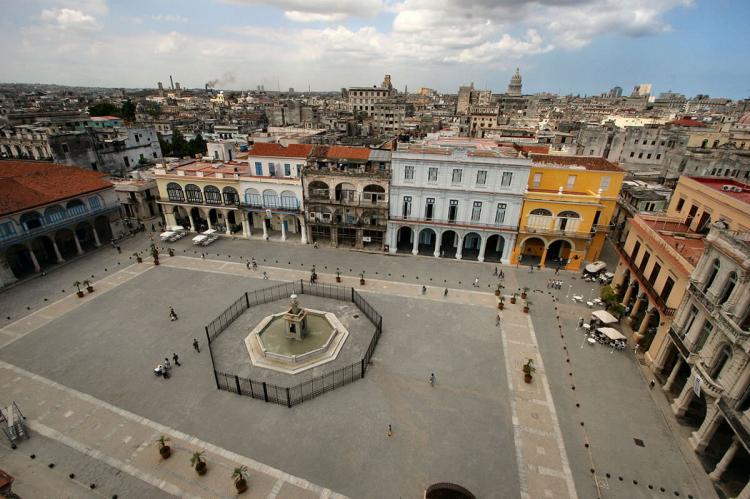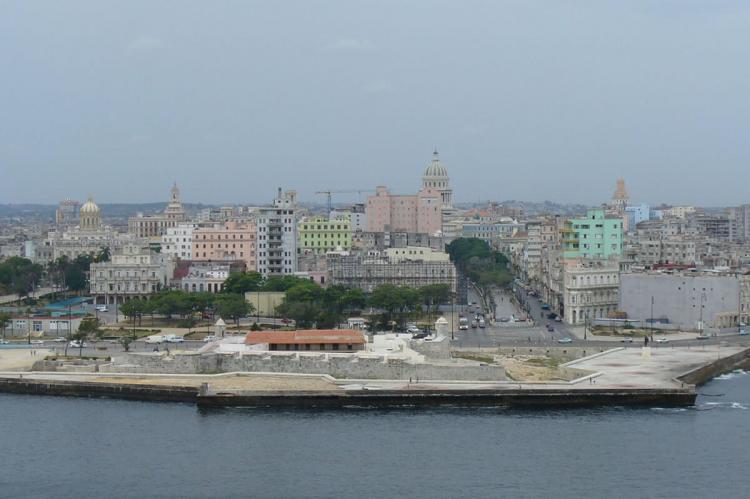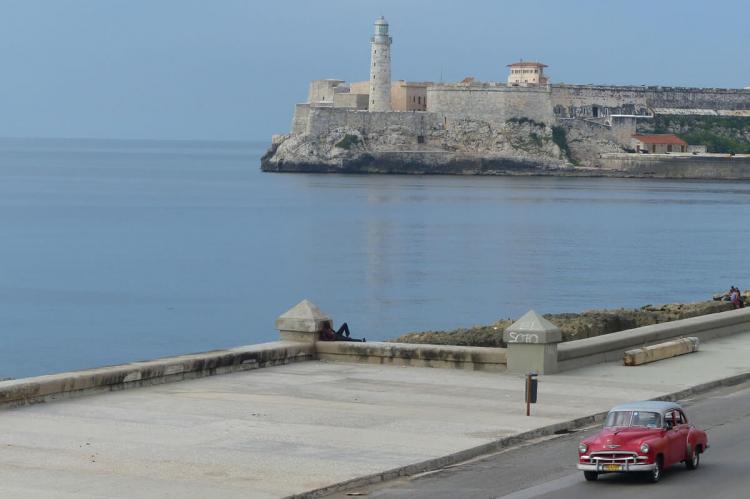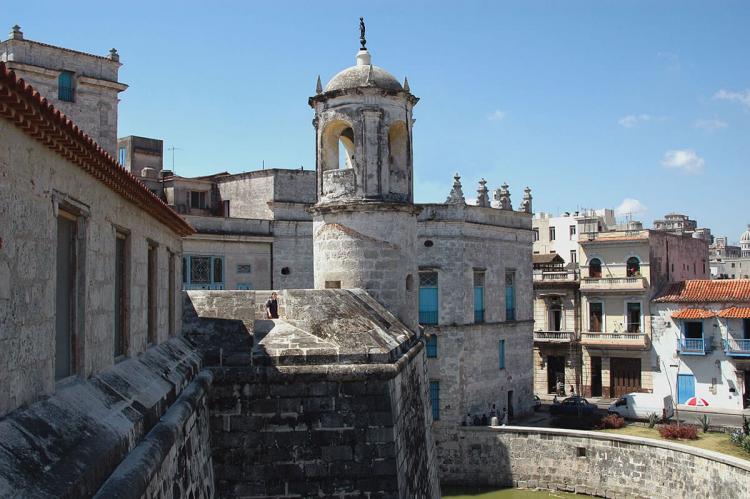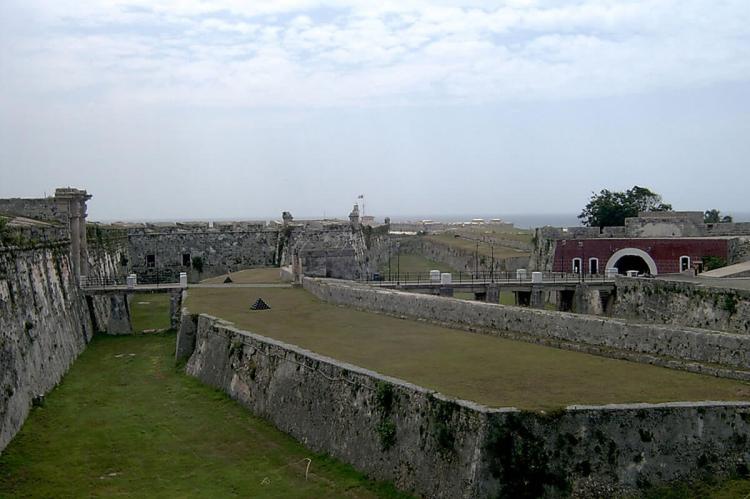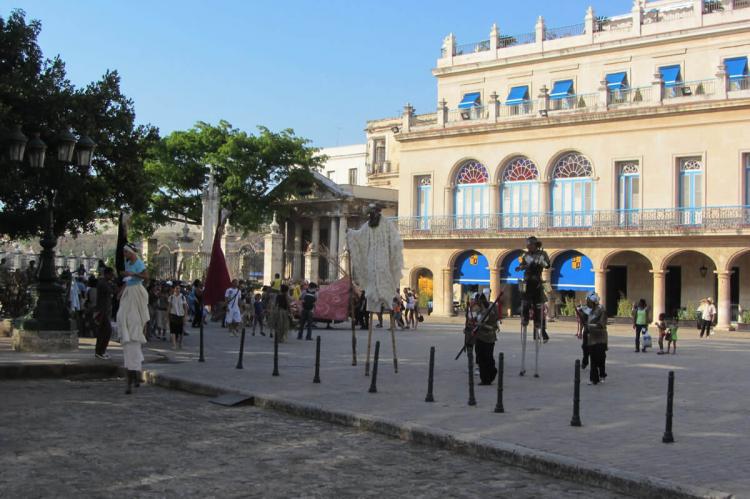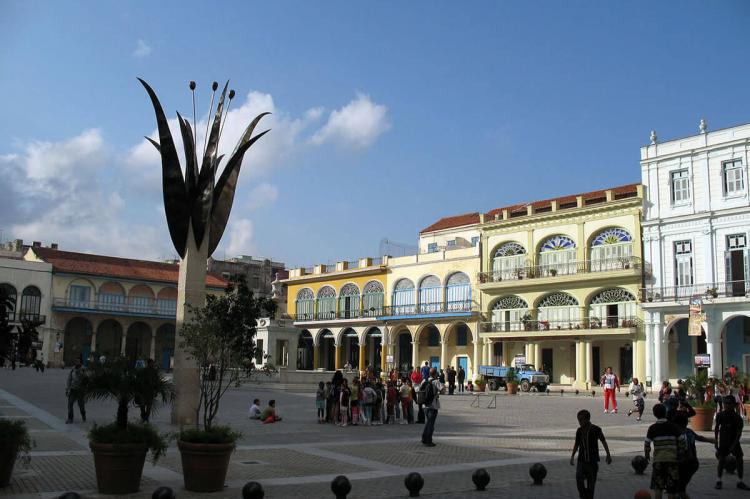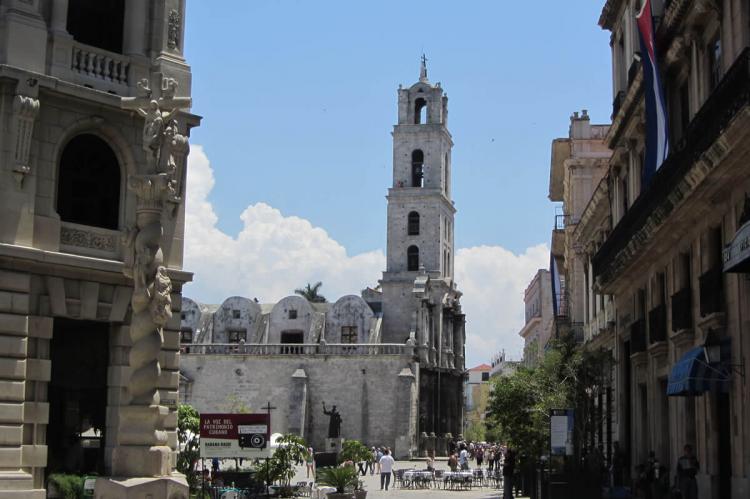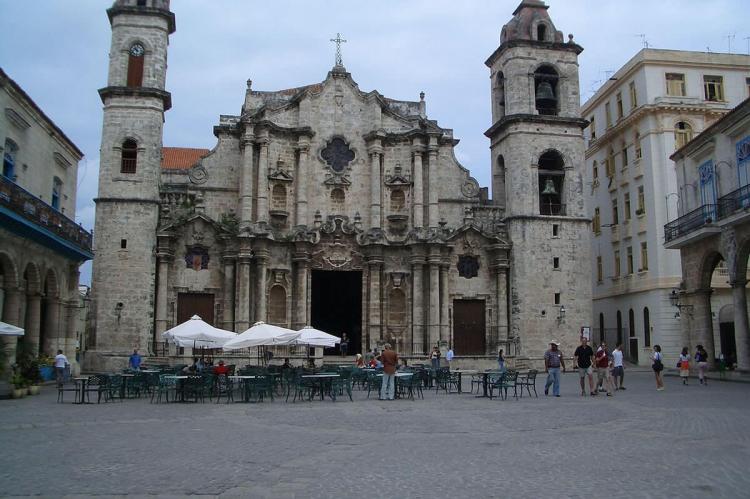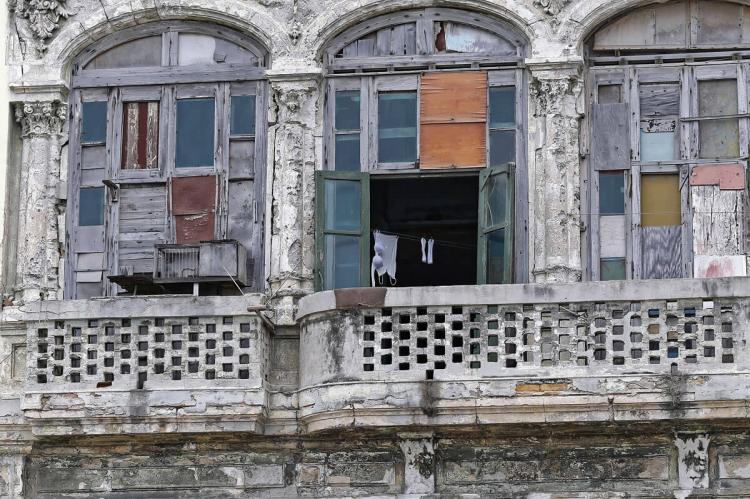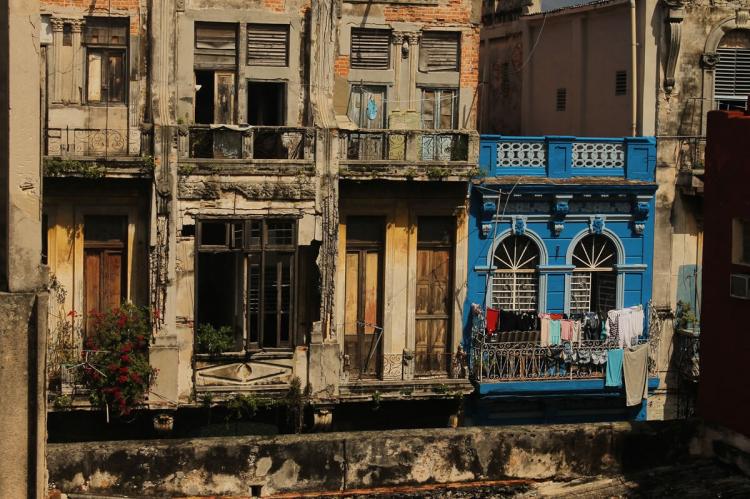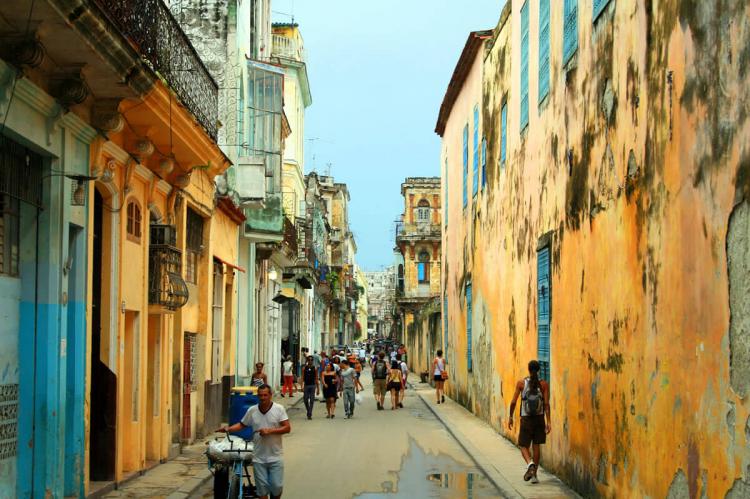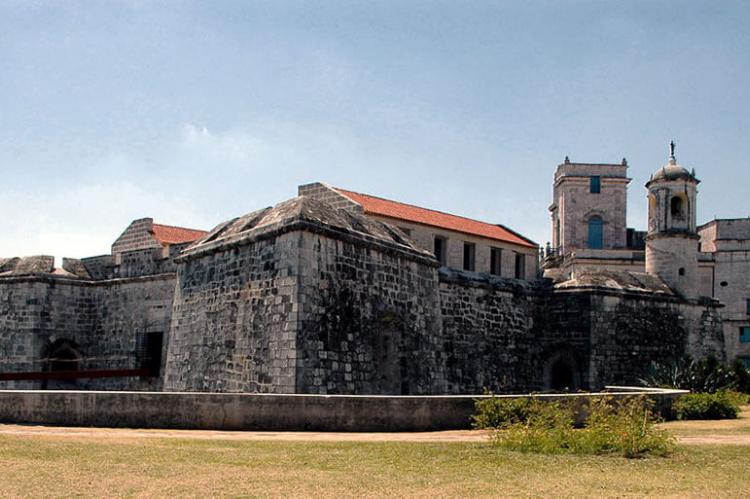Old Havana: Habana Vieja (Cuba)
Old Havana (Habana Vieja) is the historic center and one of the boroughs forming the city of Havana, Cuba. Founded in 1519, Havana is one of the most important colonial cities in the Americas. Its architecture spans five centuries and is a blend of different styles.
Old Havana
Old Havana (Habana Vieja) is the historic center and one of the 15 boroughs forming the city of Havana, Cuba. The positions of the original Havana city walls are the modern boundaries of Old Havana.
Founded in 1519, Havana is one of the most important colonial cities in the Americas. Once enclosed by a wall, the colonial city measures 25 blocks north-south by 13 blocks east-west.
Old Havana includes the streets west of the old wall, along today's Avenida de los Misiones (Monserrate) and Avenida de Bélgica (Egido). The area extends to the Paseo de Martí, Parque Central, and the Capitolio.
Old Havana presents one of the finest ensembles of urban edifices in the Americas. It contains over 900 buildings of historical importance. The architecture of Old Havana spans five centuries and is a blend of different styles, reflecting the influences of various periods in its history.
The colonial-era buildings feature Baroque, neoclassical, and Art Nouveau elements, creating a unique and diverse architectural landscape. The cobblestone streets and narrow alleyways add to the historic ambiance.
The main attractions of the old city include:
-
The Malecón: the avenue that runs along the seawall at the northern shore of Havana
-
The Paseo del Prado: a street that forms the western edge of Old Havana
-
Castillo del Morro: the fortress guarding the entrance to Havana Bay
-
La Cabaña: the fortress located on the east side of Havana Bay
-
San Salvador de la Punta Fortress: the fortress on the shore opposite the Castle of El Morro
-
Castillo de la Real Fuerza: the first large fortification of the city
-
Catedral de San Cristóbal: the most prominent building on the Plaza de la Catedral
-
National Capitol: styled after the Panthéon in Paris, the building resembles the U.S. Capitol.
-
Galician Center: established as a social club for Galician emigrants
-
Plaza de Armas: the main touristic square
-
Gran Teatro de la Havana: the theater famous for the acclaimed National Ballet of Cuba
-
Museum of the Revolution: housed in the former Presidential Palace
-
San Francisco de la Habana Basilica: Church and Convent of San Francisco de Asis
World Heritage Site
In 1982, "Old Havana and its Fortification System" was declared a World Heritage Site by UNESCO. Its urban layout includes five large plazas, an ensemble of architectural monuments, traditional-style buildings from different historical periods, and an extensive network of fortifications.
With the establishment and development of the fleet system in the Spanish West Indies, Havana, in the second half of the 16th century, became the largest port in the region and, in the 18th century, developed the most complete dockyard in the New World, both of which necessitated military protection.
The extensive network of defensive installations created between the 16th and 19th centuries includes some of the oldest and largest stone fortifications in the Americas.
Old Havana, which is defined by the extent of the former city walls, consists of five large plazas, each with its architectural character:
- Plaza de Armas
- Plaza Vieja
- Plaza de San Francisco
- Plaza del Cristo
- Plaza de la Catedral
Around these plazas are many outstanding buildings:
- Iglesia Catedral de La Habana
- Antiguo Convento de San Francisco de Asís
- Palacio del Segundo Cabo
- Palacio de los Capitanes Generales
The complex system of fortifications that protected Havana, its port and its dockyard is comprised of:
- Fortaleza de San Carlos de la Cabaña: one of the largest colonial fortresses in the Americas, on the east side of the narrow entrance canal to Havana Bay
- Castillo de la Real Fuerza: one of the oldest colonial fortresses in the Americas (begun in 1558), on the west side of the canal
- Castillo de San Salvador de la Punta and Castillo de los Tres Reyes del Morro: guarding the entrance to the canal
in addition:
- Torreón de San Lázaro
- Castillo de Santa Dorotea de Luna de la Chorrera
- Reducto de Cojímar
- Baluarte del Ángel
- Lienzo de la Muralla y Puerta de la Tenaza
- Restos de Lienzo de la Muralla
- Garita de la Maestranza
- Cuerpo de Guardia de la Puerta Nueva
- Restos del Baluarte de Paula
- Polvorín de San Antonio
- Hornabeque de San Diego
- Fuerte No. 4
- Castillo de Santo Domingo de Atarés
- Castillo del Príncipe
- Fuerte No. 1
